What Is a Reverse Image Search?
A reverse image search involves using an image to look for similar images online.
For example, check out this Google reverse image search results page:
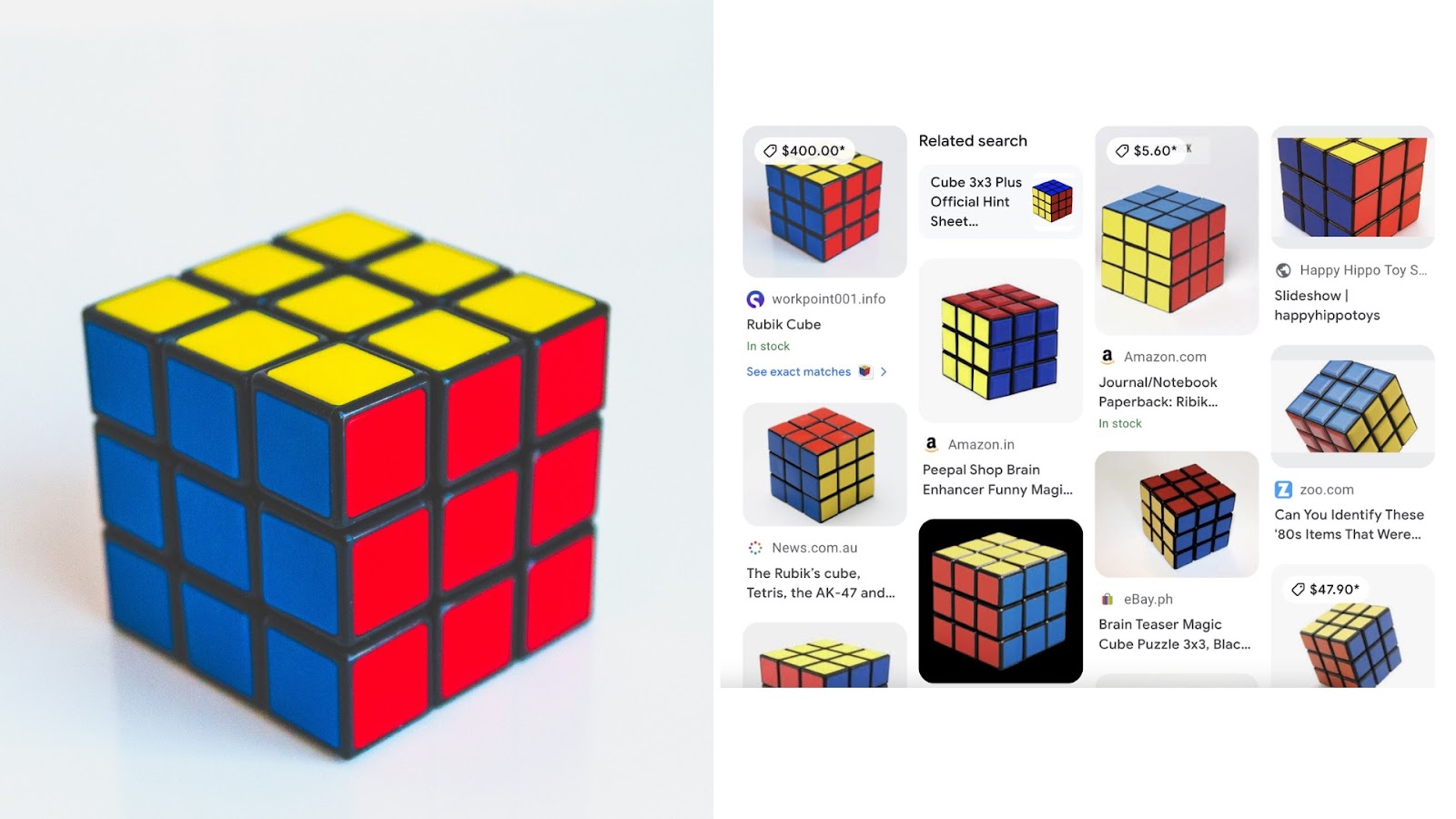
We provided Google with the image on the left. And it returned the related images on the right.
By clicking any image in these results, we can get more information on the object in it. Like its name. Or (if it’s a product) where to buy it.
Conducting a reverse image search is also useful if you want to:
- Find an image’s source
- Check for image theft
- Build backlinks

How to Do a Google Reverse Image Search on Mobile Devices
Follow these steps to do a reverse image search using the Google app on an iOS device.
The steps are similar if you’re using the Google app on an Android device. Or the Google search engine on any mobile device.
To start, download the Google app from the app store. Open the app and use one of the below options to do a reverse image search:
Using Your Camera
- Tap the camera icon to the right of the Google app’s search bar
- Tap the camera icon at the top of the screen
- Tap “Allow” to let the app access your camera
- Tap “Continue”
- Point your device at an object for which you want to do a reverse image search
- Tap the magnifying glass button to take a photo of the object
- The app will isolate the object in the photo. And list relevant image results below.
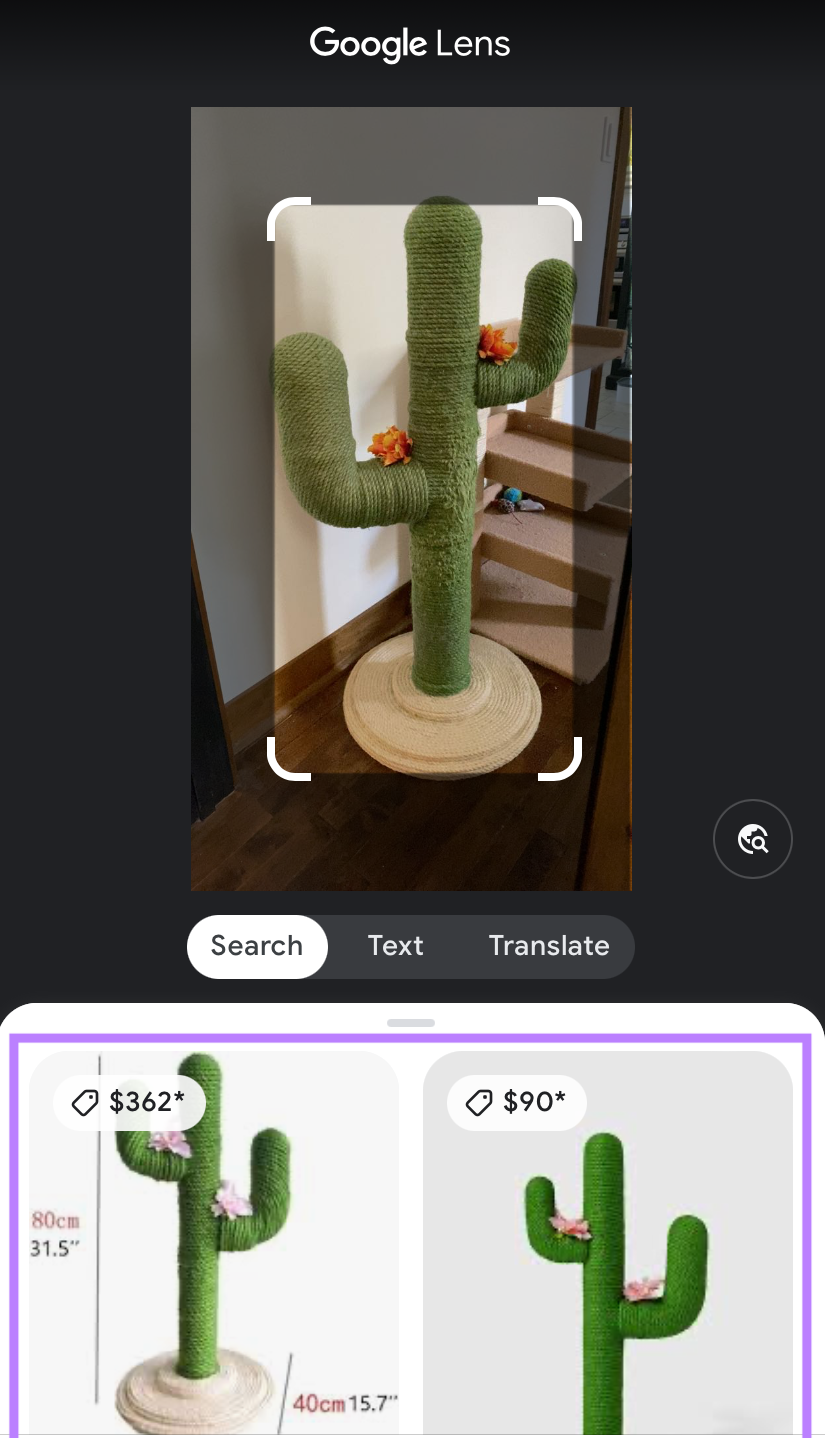
- Tap an image result you’re interested in
- Click “Visit” to visit the image result’s page
Using an Image Search Result
For this method, you’ll navigate to the relevant image search result based on a standard Google search. And then do a reverse image search based on that result.
Here’s how:
- Type your search query into the Google app’s search bar. Then, tap “search” on your keyboard to run the search.
- Tap the “Images” tab at the top of the search results to view your query’s image results
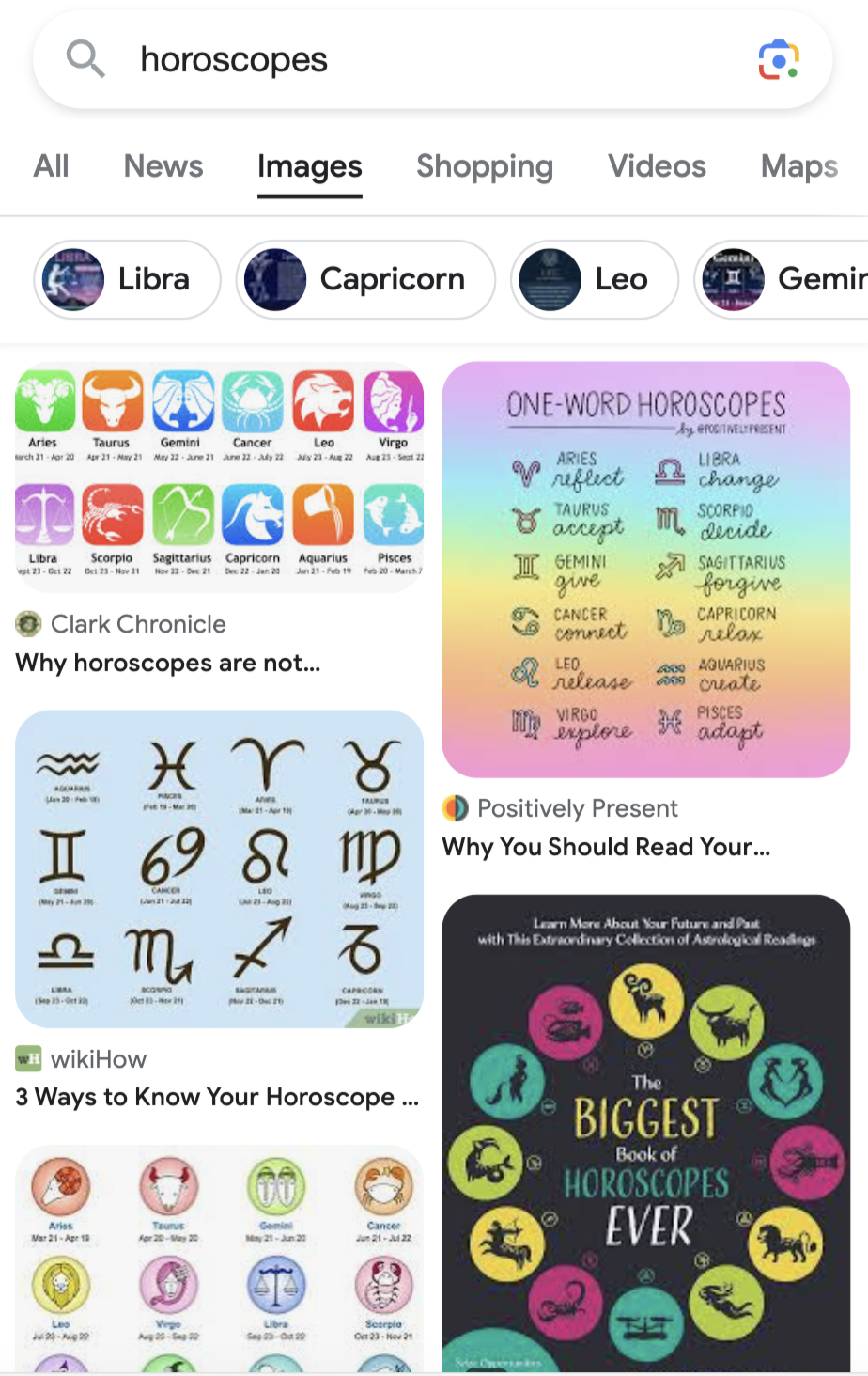
- Tap the image search result you’re interested in to expand it
- Tap the camera icon at the bottom left of the image search result
- Crop handles will appear. Drag them to isolate an object in the image for which you want to do a reverse image search.
- Google will display image results relevant to the isolated object
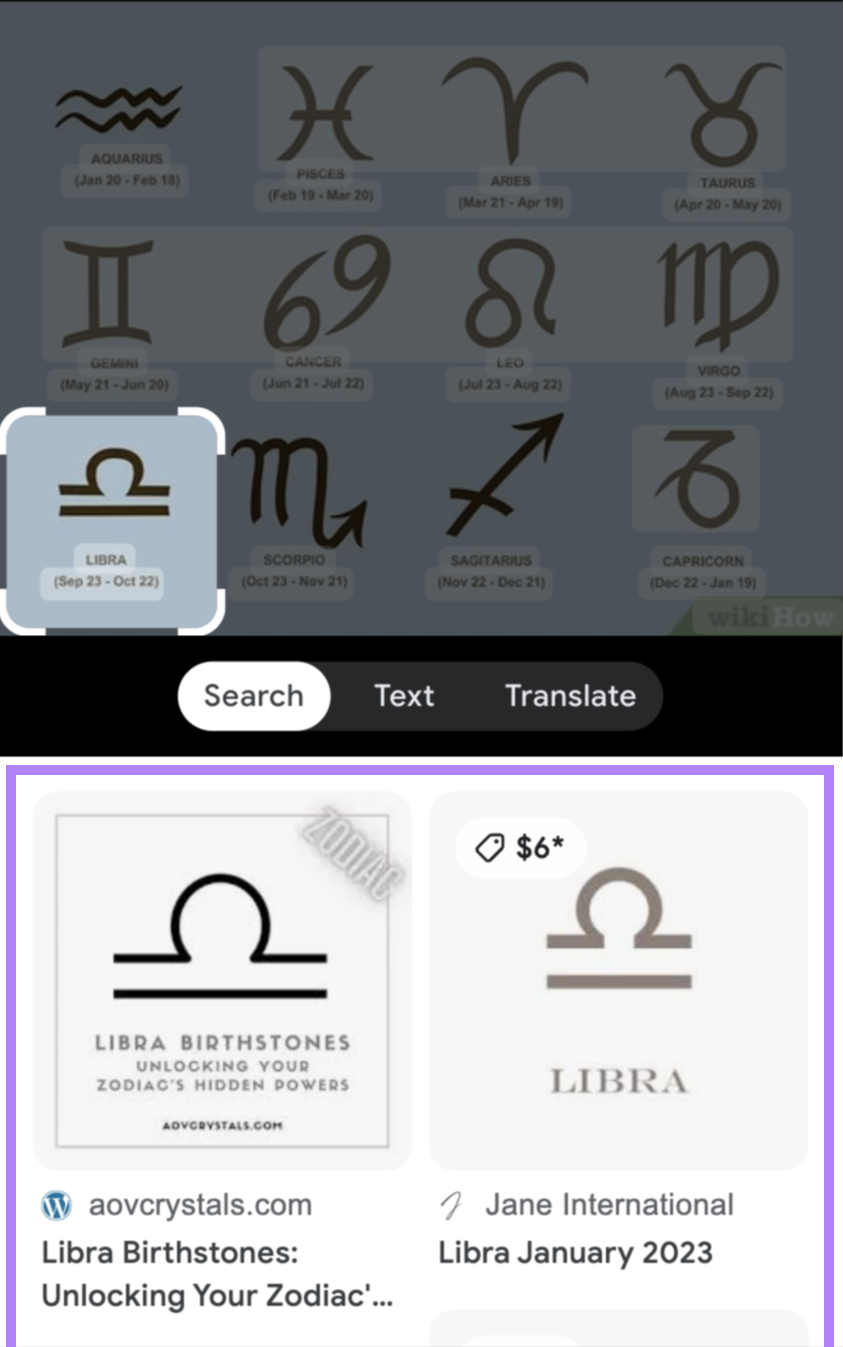
- Tap the image result you’re interested in
- Click “Visit” to visit the image result’s page
Using an Image in Your Image Library
- Tap the camera icon to the right of the Google app’s search bar
- Tap the “Allow access” button under the screen’s “Search with any image” section
- Select either “Limit Access…” or “Allow Full Access.” Which will depend on whether you want to grant the app partial or full access to your image library.
- Tap the image in your image library that you want to do a reverse image search for
- The app will isolate the photo’s main subject. And list relevant image results below.
- Tap the image result you’re interested in
- Click “Visit” to visit the image result’s page
Using a Website Image
First, save the website image to your device:
- Open the Chrome browser app
- Navigate to the website image for which you want to do a reverse image search
- Tap and hold the image to display the image options
- Tap “Save in Photos” to save the image to your image library
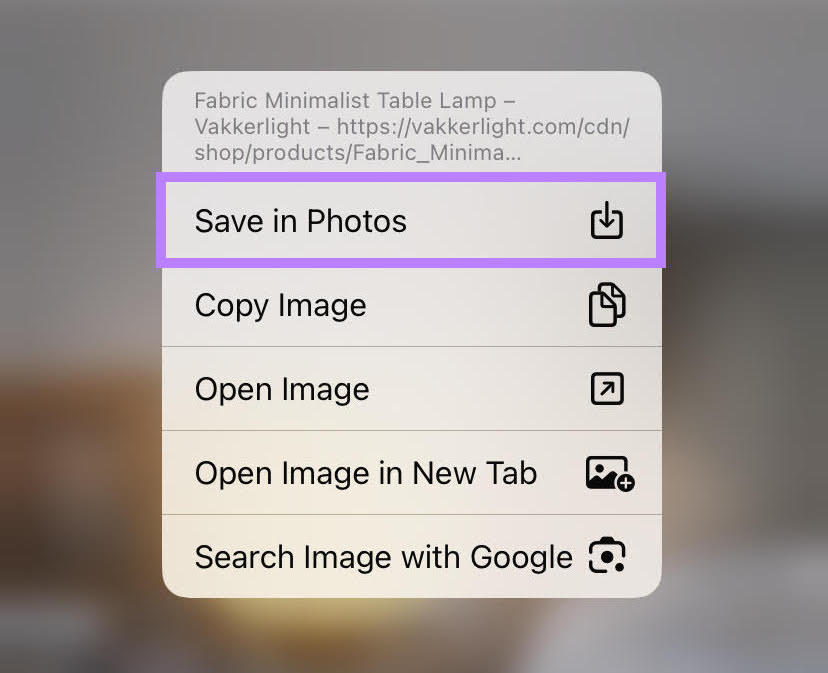
Then, do a reverse image search using the method from the previous section.
How to Do a Google Reverse Image Search on Desktop Devices
Now, here’s how to do a Google reverse image search on a desktop device.
Navigate to the Google homepage. Then, choose one of these three search methods:
Using an Image URL
This method involves finding an image’s URL and then using it to do a reverse image search.
Here’s how:
- Navigate to the image you want to do a reverse image search for in the image results
- Right-click the image and select “Copy Image Address”
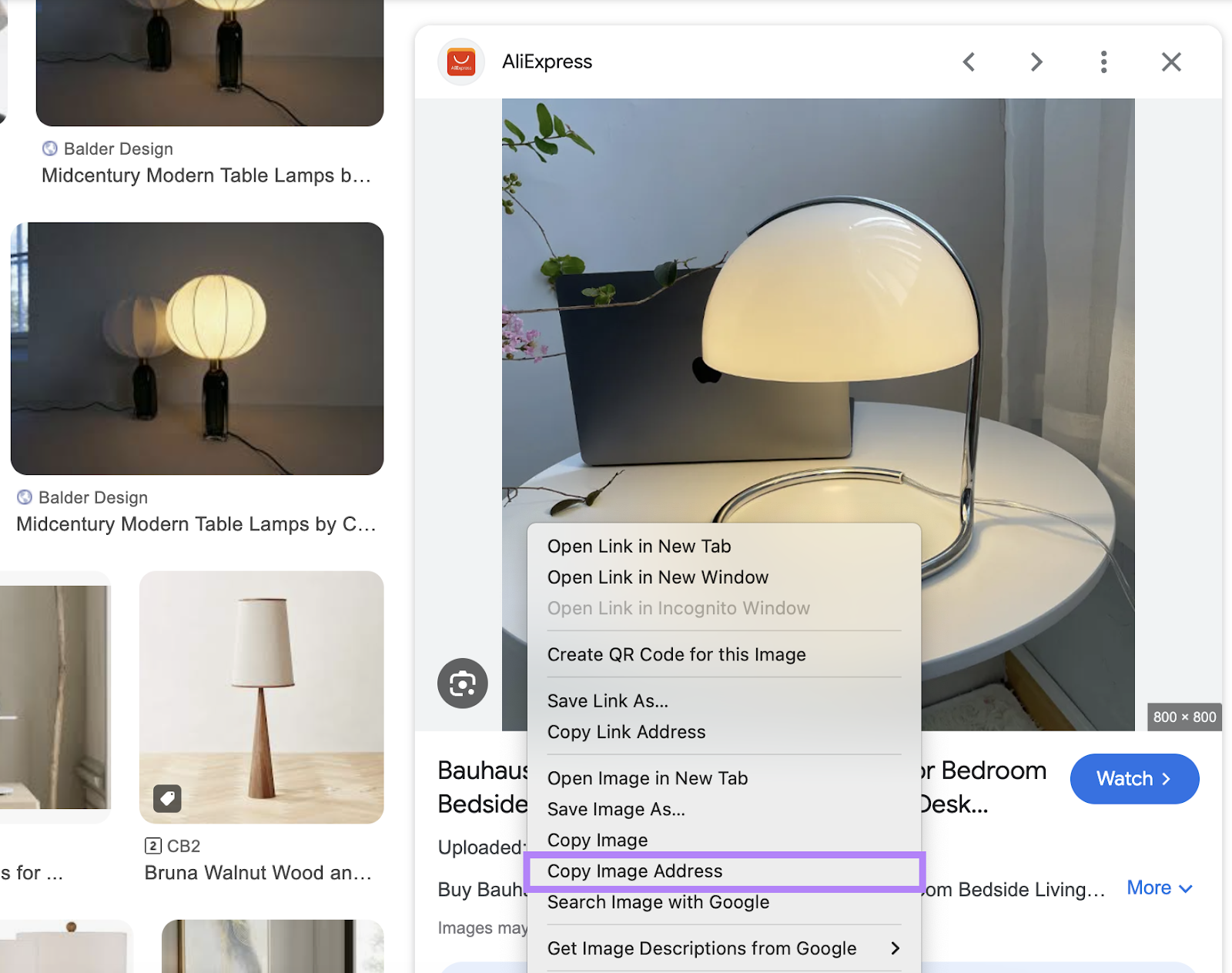
- Go to Google’s homepage and click the camera icon to the right of the search bar
- Paste your image URL into the “Paste image link” field. Then, click “Search.”
- Google will display relevant image results

- Click the image result you’re interested in to visit its page in a new tab
Using an Image from Your File Directory
- On the Google homepage, click the camera icon to the right of the search bar
- Drag an image into the upload box. Or click “upload a file” to upload the image from your file directory.
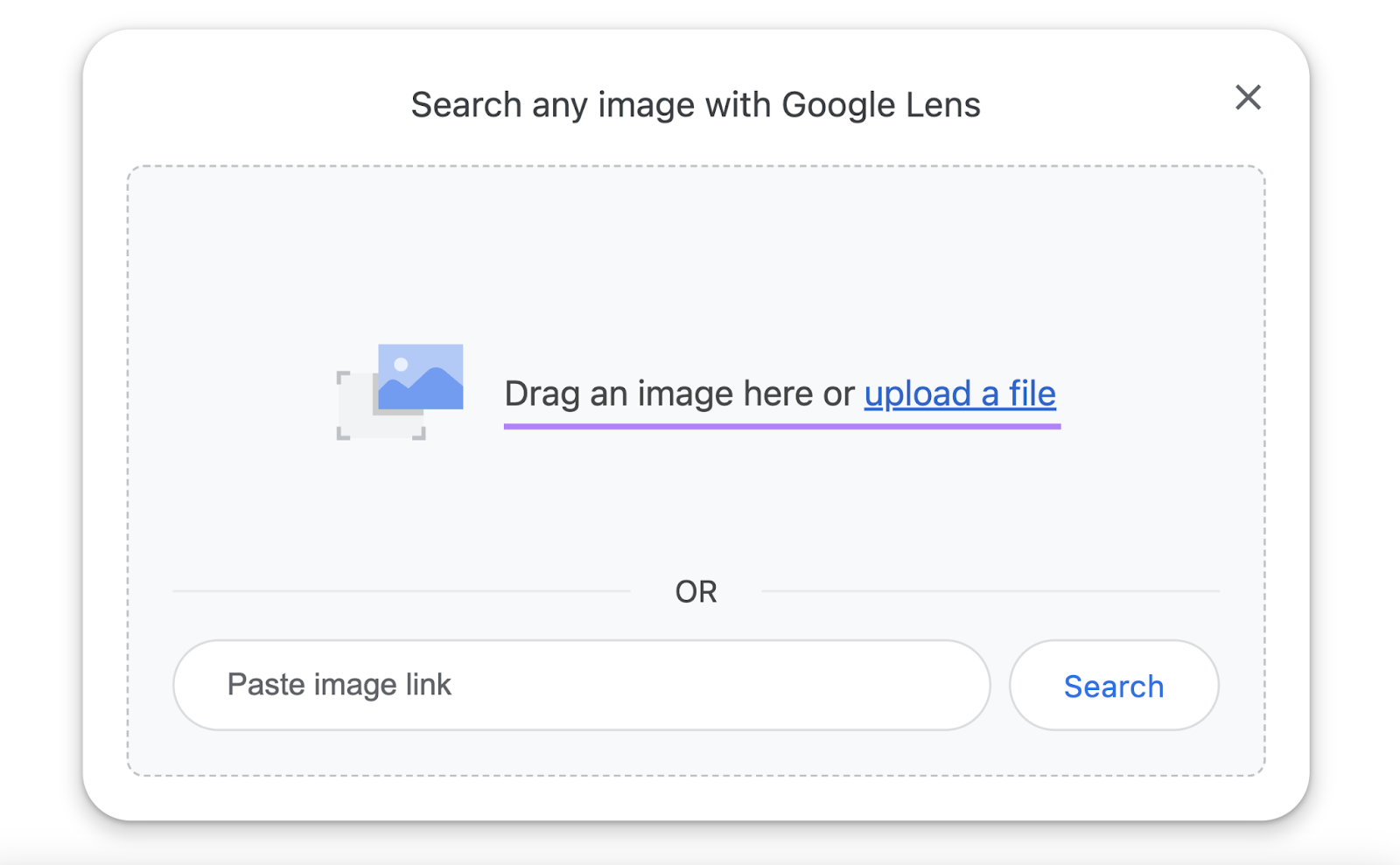
- Google will display relevant image results
- Click the image result you’re interested in to visit its page in a new tab
Using an Image Search Result
For this method, use a standard Google search to find an image you want to look up and then use it in a reverse image search.
Like this:
- Go to Google’s homepage and enter your query in the search bar. Then, hit “enter” or “return” on your keyboard to run the search.
- Click the “Images” tab at the top of the search results to view your query’s image results
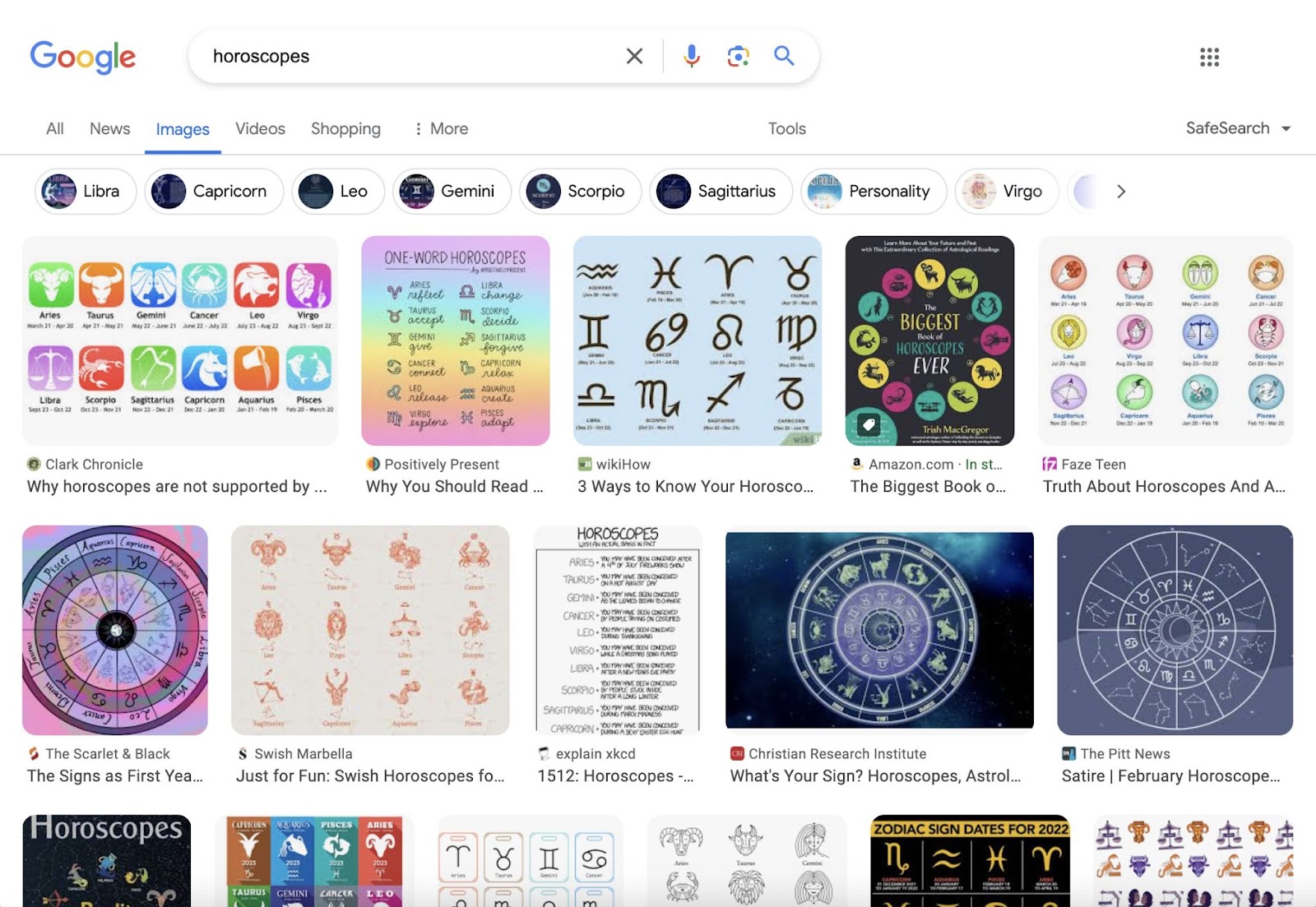
- Click the image search result you’re interested in to expand it
- Click the camera icon at the bottom left of the image search result
- Crop handles will appear. Drag them to isolate an object you want to do a reverse image search for.
- Google will display image results relevant to the isolated object
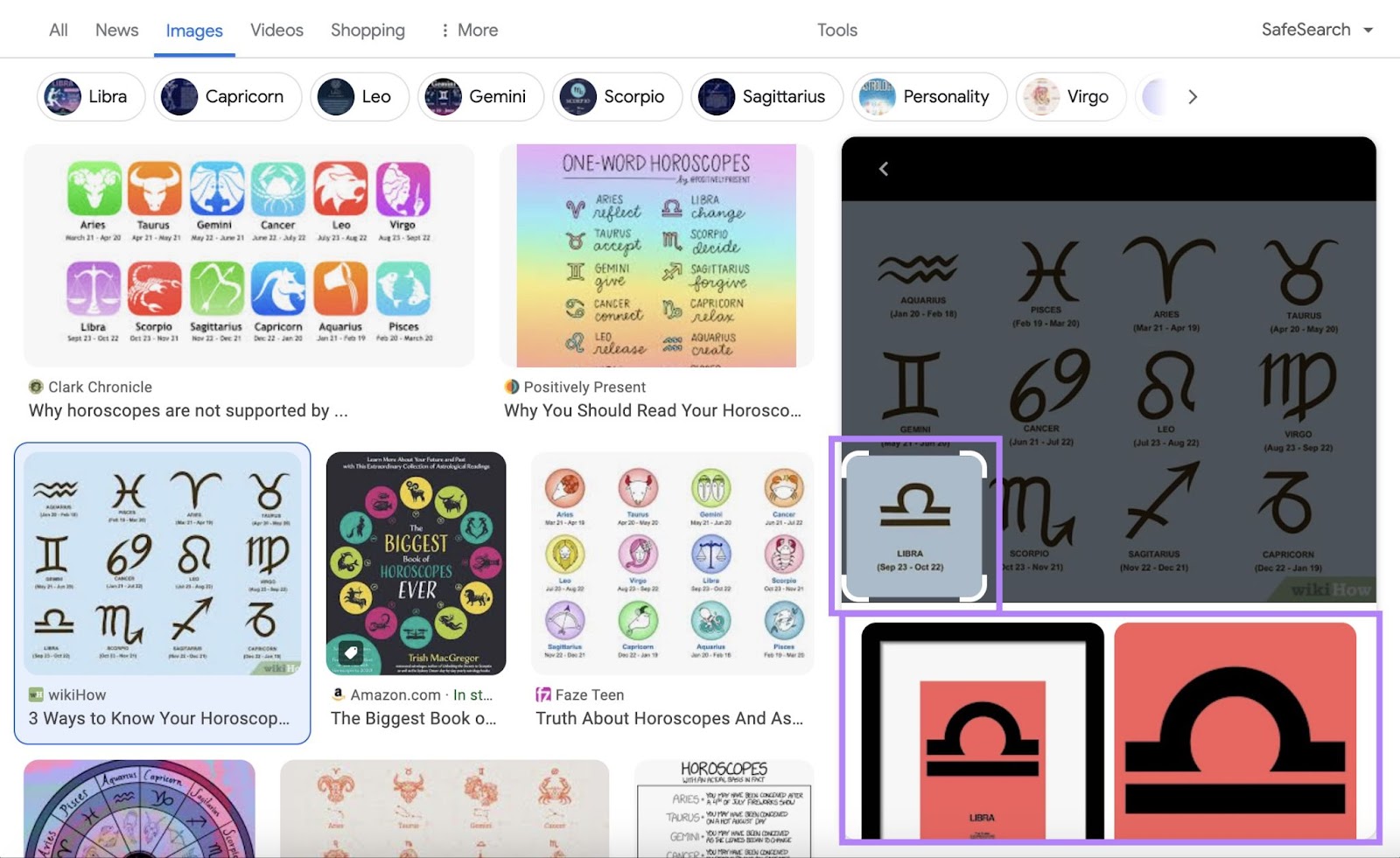
- Click the image result you’re interested in
- Click “Visit” to visit the image result’s page
Reasons to Use a Reverse Image Search
Reverse image searches are useful if you want to:
Build Backlinks
Doing a reverse image search for visuals you created to be shared is a good way to find websites that use them. And ask for backlinks (links from other websites that point to your website) in the image credit.
Why?
Because the more backlinks your website gets from authoritative websites, the higher it may rank in the search results.
Let’s say you created an infographic you’re hoping others will share on their websites.
Do a reverse image search using it and visit each image result.
Check whether there’s an attribution line that links to your website. (If there’s no credit at all and you haven’t granted the website permission to use your image, that’s image theft. Which we’ll cover later on.)
If you find websites that haven’t included backlinks, reach out. And ask them for one.
Use the Link Building Tool to simplify this process.
Follow the Link Building Tool configuration guide to set up your project.
Then, head to the “Prospects” tab. And click “+ Add” under the “Uploaded” box.

Add the domains you found using your image without linking back to you and click “Add new domains.”
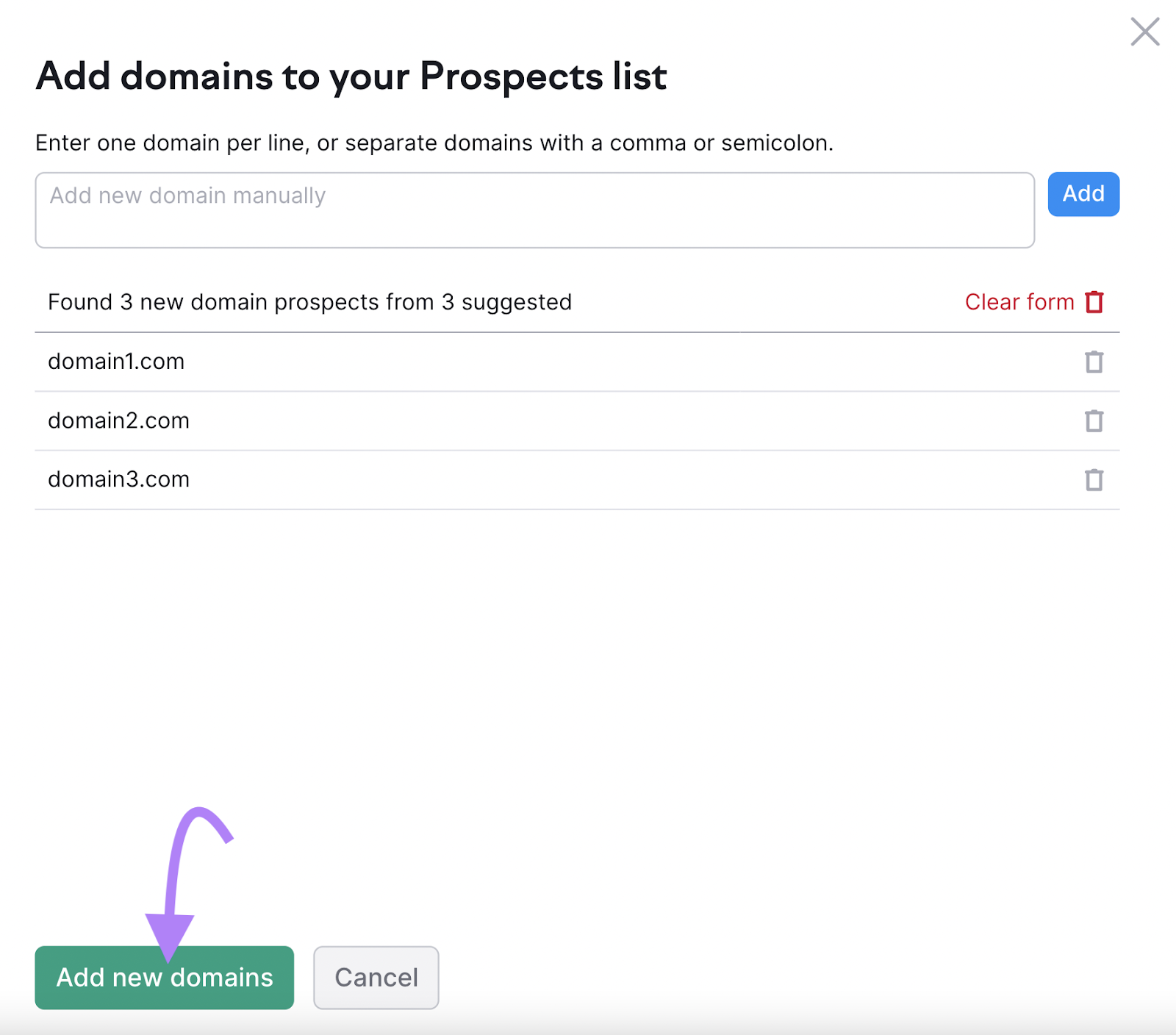
Click “Show results” in the pop-up that appears to add these domains as prospects.
They’ll then show in the tool. Like this:
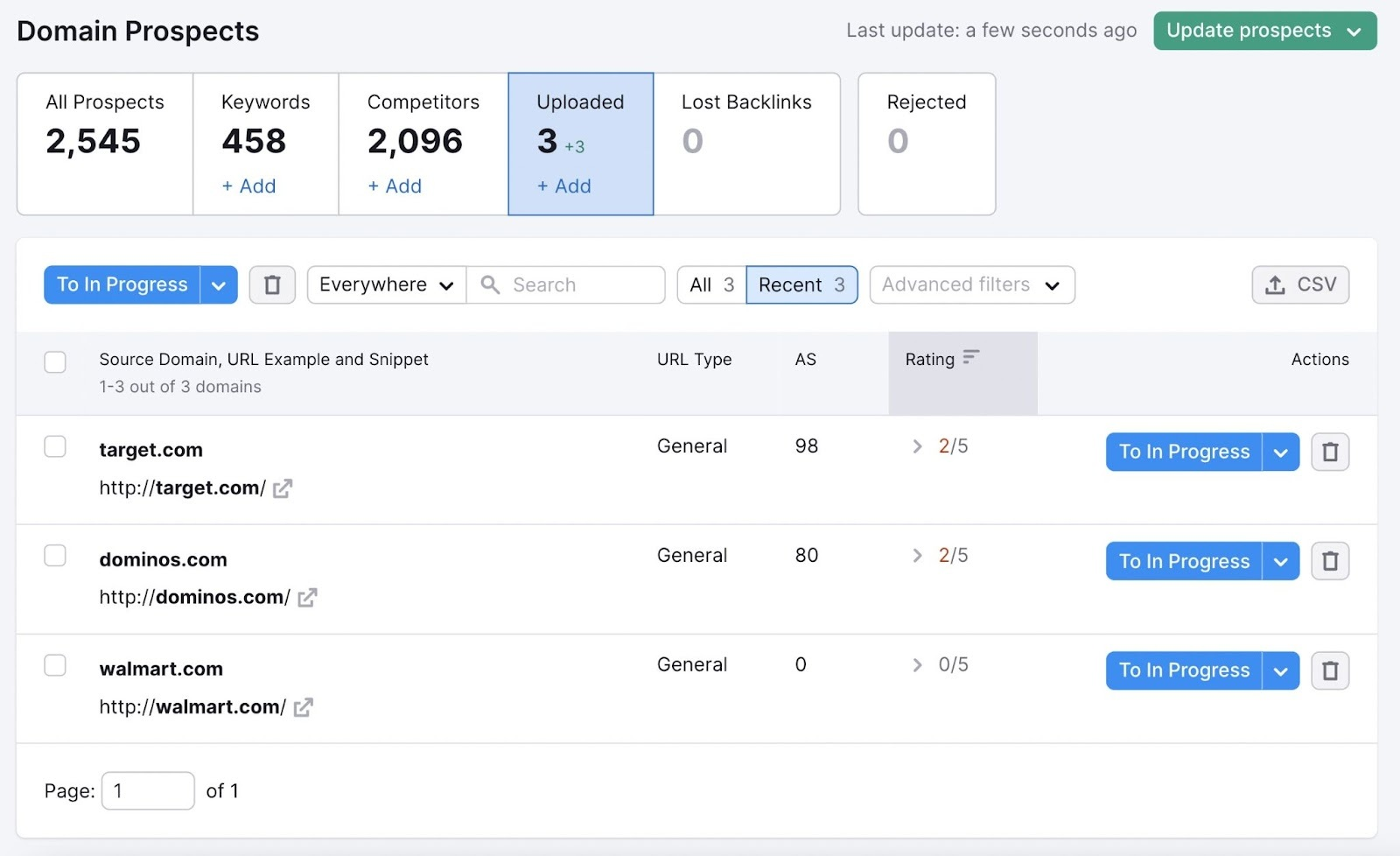
Then, click the arrow next to the “To In Progress” button for each of these domains and select “Link from mention.”
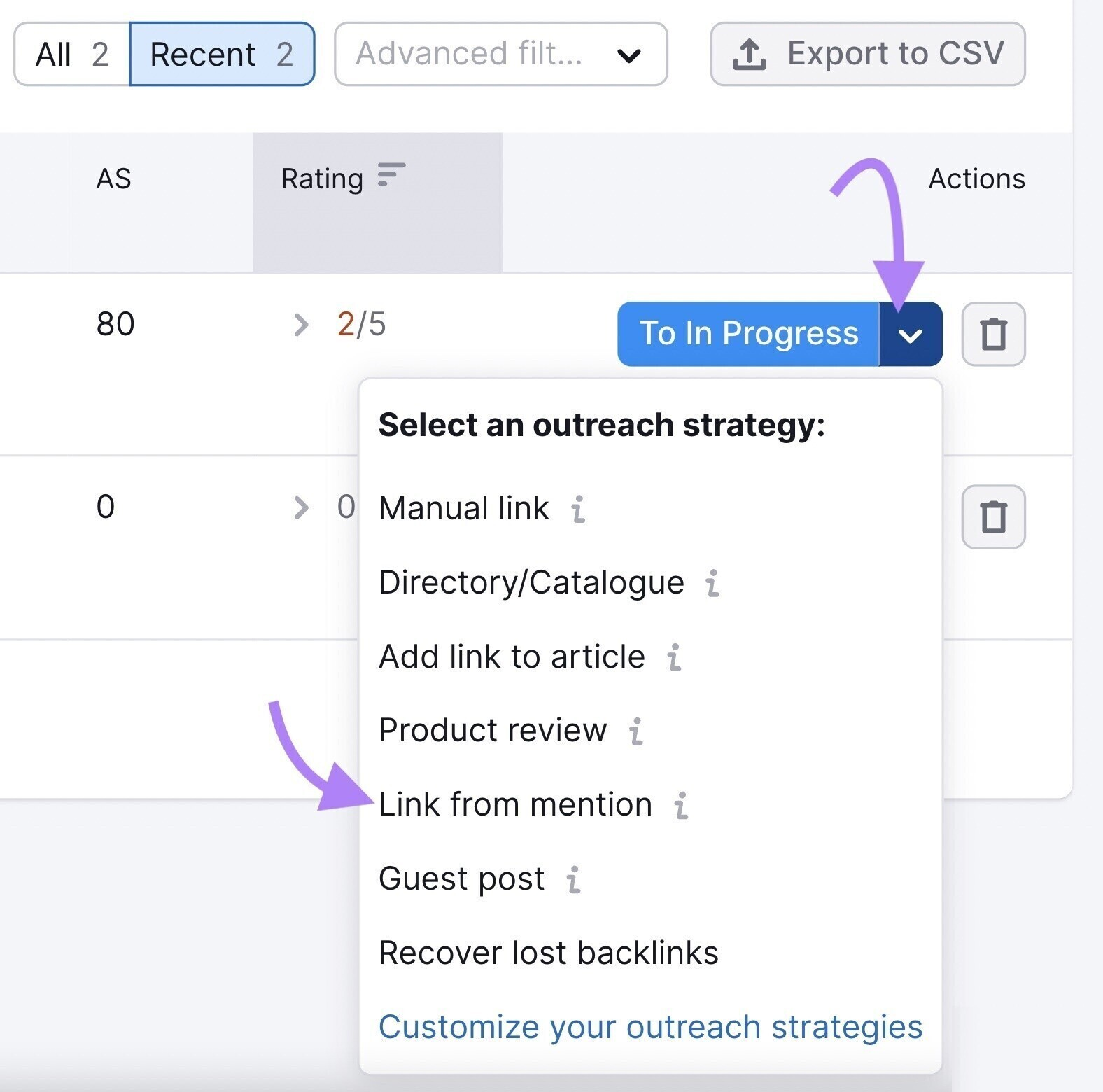
This will send them to the “In Progress” tab. Where you can craft personalized emails asking those who’ve used your image to include a link to you in the attribution.

Learn More about an Object
Doing a reverse image search is especially helpful if you don’t know what the object is called. Which makes searching for it with text difficult.
Getting this information is simple. Just upload an image of it to a visual search engine like Google.
Find an Image’s Source
You can discover an image’s source or creator using a reverse image search. So you can provide appropriate credit if you’re using it.
Follow the instructions above to do a Google reverse image search using an image URL or an image you’ve saved to your library. And click “Find image source” at the top.

Then, browse the results to learn who the image’s creator is.
Even if a website you click through to isn’t the image’s original source, it may have provided image credit. Use that credit to identify the image’s creator.
Looking for older publish dates may also help.
Why?
Because the oldest result may be for the image’s first use. By the creator themselves.
Just know this technique isn’t perfect.
For example, a page that was published 10 years ago and then updated just a few months ago to include the image you’re searching can appear to be the original source when it’s not.
Finally, make sure you have permission to use the image in the first place (there’s more on copyright law below). If not, you’ll want to reach out to the original source to ask whether you can use the image.
Check for Image Theft
Conducting a reverse image search with one of your images can reveal which websites have used it without your permission.
If they haven’t received permission, they might be violating your copyright. And you may be able to send a takedown notice.
The Digital Millennium Copyright Act (DMCA) empowers copyright owners to send takedown notices to internet service providers (ISPs) when others use their content—including images—online without permission. These ISPs include search engines and social media platforms.
After receiving the takedown notice, the ISP is required to disable access to the infringing image (or other content) as soon as possible.
Or, reach out to the website owner directly to discuss a copyright licensing deal.
You may consider speaking with an intellectual property lawyer to learn more about your legal rights.
Reverse Image Search Tools
Need more advanced reverse image search tools?
Try these platforms.
TinEye
The TinEye reverse image search engine looks for images similar or identical to an image you provide.
It offers in-depth results. And also groups results by websites and image collections for easy filtering.
To use it, navigate to TinEye, and provide the tool with an image.
TinEye will return a list of image matches. And for each result, the tool will provide details like:
- Whether the image is a stock photo
- The image’s URL
- The image’s file name
- The date when the tool first discovered the image
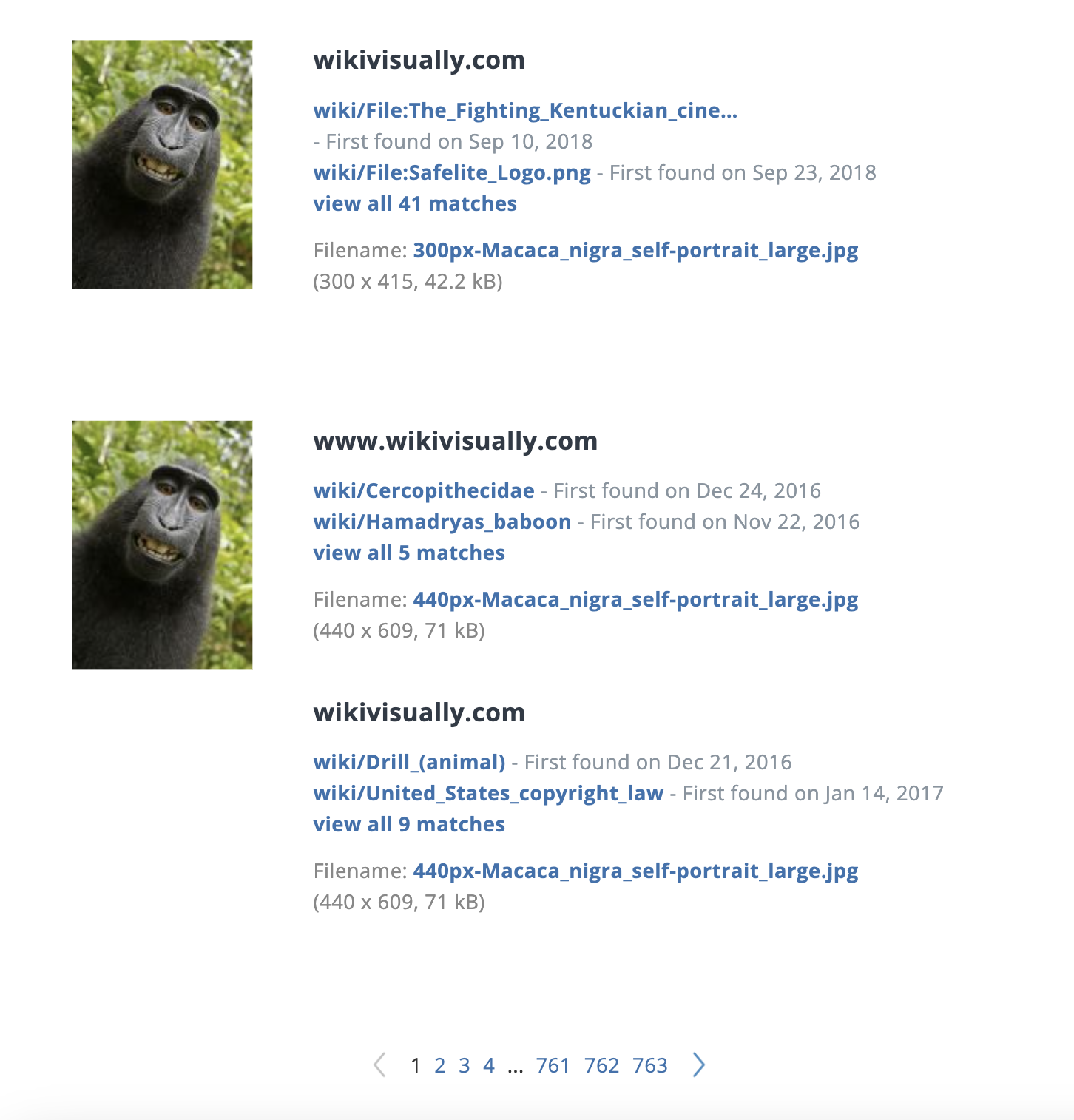
TinEye is also available as an extension for browsers like Firefox, Chrome, and Opera.
Pixsy
Pixsy is a reverse image search engine that helps users monitor and take action against image theft.
To use it, create an account and import the images you want to monitor.
You can then click any imported image to view information like the number of image matches found. And their source websites.
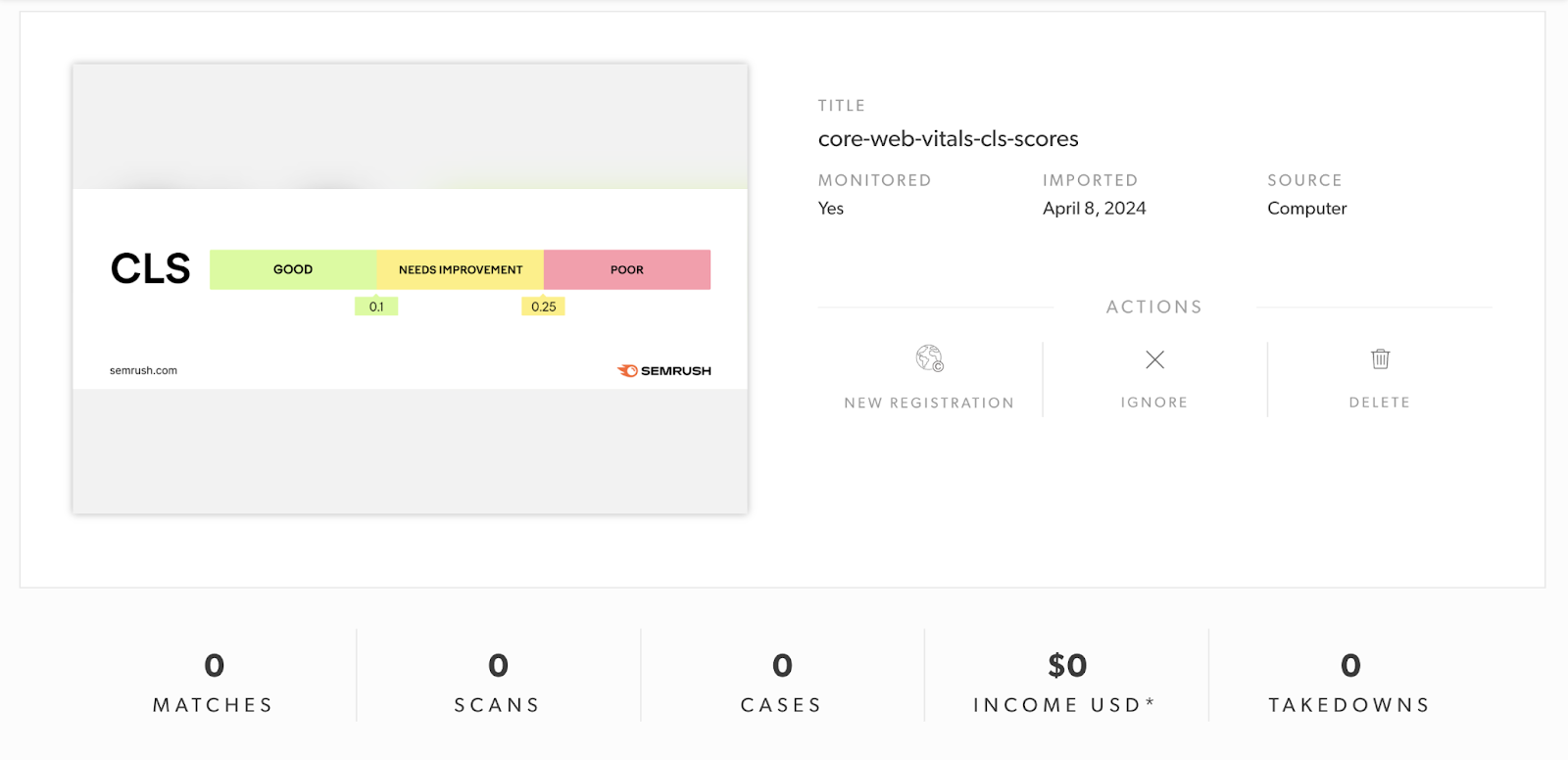
Click any image match to get options like:
- Approving the image’s use. For example, because the website has licensed the image from you.
- Sending a takedown request. Request that the website remove your image.
- Reporting the unauthorized image use to Pixsy. Its legal team will review the case and help enforce your legal rights.
Enhance Your Website with Reverse Image Search
Reverse image search is more than a simple technique for getting information on images.
If you’re a website owner, it’s also a powerful way to:
- Enrich your content with images—while providing proper credit
- Protect your images from misuse
- Boost your search rankings—by getting backlinks from your images
Pair these efforts with the appropriate tools to more effectively grow your website.
Like Backlink Analytics. Which helps you monitor your website’s backlink profile over time.


